A newstudy has introduced a novel method for enhancing somatic embryogenesis (SE) in conifer trees, using small molecules to overcome traditional barriers in asexual propagation. This technique is pivotal for advancing forest production and genetic enhancement by addressing challenges in SE initiation and sustaining embryogenic potential.
Tag: Genetic Engineering
Enhancing the functionality of mesenchymal stem cells: An attractive treatment strategy for metabolic dysfunction-associated steatotic liver disease?
The intrinsic heterogeneity of metabolic dysfunction-associated fatty liver disease (MASLD) and the intricate pathogenesis have impeded the advancement and clinical implementation of therapeutic interventions, underscoring the critical dema
Enhancing the functionality of mesenchymal stem cells: An attractive treatment strategy for metabolic dysfunction-associated steatotic liver disease?
The intrinsic heterogeneity of metabolic dysfunction-associated fatty liver disease (MASLD) and the intricate pathogenesis have impeded the advancement and clinical implementation of therapeutic interventions, underscoring the critical dema
Greenhouse gains: cucumbers get a genetic upgrade through innovative pollen tech
Researchers have achieved a groundbreaking advancement in plant biotechnology by using a magnetofected pollen gene delivery system to genetically transform cucumbers. This cutting-edge method uses DNA-coated magnetic nanoparticles to introduce foreign genes into pollen, producing genetically modified seeds without the need for traditional tissue culture or regeneration steps. This technique significantly streamlines and accelerates crop genetic modification, opening up new avenues to boost agricultural productivity and resilience.
Boosting Cannabis Production: The Science Behind Bud Abundance
Scientists have identified a crucial gene, CsMIKC1,that controls the number of flowering sites in Cannabis sativa, a finding that could significantly enhance both medicinal and grain yields. The study reveals how CsMIKC1 drives inflorescence development, offering new pathways to boost productivity in Cannabis cultivation.
Fighting fungal foes: walnut’s genetic armor against anthracnose revealed
A pivotal study has pinpointed a gene module crucial for enhancing walnut trees’ resistance to anthracnose, a widespread fungal disease threatening the walnut industry.
Blueprint for blueberry: decoding the genetic pathways of plant regrowth
A pivotal study has shed light on the genetic factors that govern the ability of highbush blueberries to regenerate from shoots, a critical process for plant breeding and genetic engineering. By comparing the transcriptomes of two genotypes with contrasting regeneration rates, researchers identified key auxin-related genes and transcription factors crucial to this process.
Oral Probiotic Delivers Colitis Treatment Directly to Gut in Multiple Animal Models
Article title: Oral administration of CXCL12-expressing Limosilactobacillus reuteri improves colitis by local immunomodulatory actions in preclinical models Authors: Emelie Öhnstedt, Cristian Doñas, Kristel Parv, Yanhong Pang, Hava Lofton Tomenius, Macarena Carrasco López, Venkata Ram Gannavarapu, Jacqueline Choi, Maria Ovezik, Peter Frank, Margareth…
From kale to carotenoid powerhouse: a breakthrough in plant nutrition
A recent study has identified a crucial regulatory mechanism in Chinese kale, potentially revolutionizing its nutritional profile. By manipulating the BoaBZR1.1 transcription factor, researchers significantly enhanced carotenoid levels, crucial antioxidants for human health. This advancement opens pathways for improving vegetable nutrition through genetic engineering.
From plant to pharma: decoding the synthesis of BaiJi’s potent polysaccharides
A pioneering study has shed light on the biosynthesis of glucomannan in Bletilla striata, a plant known as BaiJi with profound medicinal properties. The research meticulously maps the conversion process from sucrose to bioactive glucomannan polysaccharides, pinpointing key genes that orchestrate this transformation.
Battling anthracnose: unearthing the plant’s arsenal against pathogenic fungi
A pivotal study has shed light on the intricate mechanisms of nonhost resistance (NHR) in plants, a critical defense against a broad spectrum of pathogens. By identifying and characterizing four novel core effectors from the pathogen Colletotrichum fructicola, researchers have unveiled key players in the plant Nicotiana benthamiana’s immune response.
Unlocking the grape’s secret scent: key gene modulates terpene aroma
A study explores the ethylene-responsive gene VviERF003’s influence on glycosylated monoterpenoid synthesis in grapes, which are pivotal for the fruity and floral notes in wines. Understanding this genetic regulation provides insights into how wine aroma can be influenced, potentially allowing for the development of grapes with enhanced or specific aromatic profiles.
Transforming agriculture: engineered nanoparticles for plant gene regulation
In a major advancement for plant biology and agriculture, researchers have developed a novel method for systemic gene silencing in plants using engineered dsRNA-protein nanoparticles. This technique, which rapidly characterizes gene functions, could revolutionize in planta gene editing.
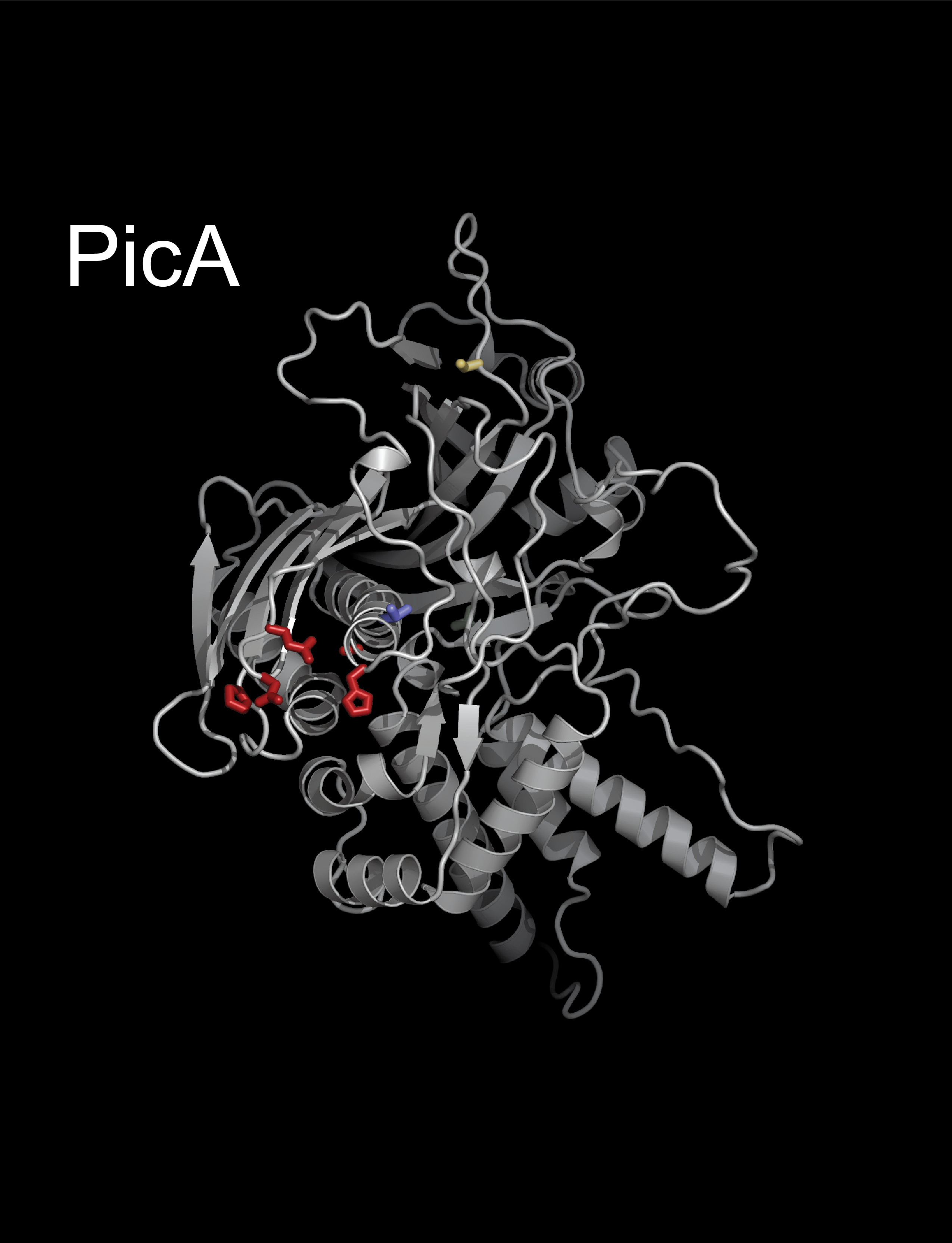
Researchers Discover Key Functions of Therapeutically Promising Jumbo Viruses
Viruses known as “jumbo” phages are seen as a potential tool against deadly bacterial infections. But scientists must first decipher the extraordinary makeup of these mysterious viruses. Researchers have now uncovered a key piece of jumbo phage development that helps them counter bacteria.
Engineered increase in mesophyll conductance improves photosynthetic efficiency in field trial
Researchers have engineered mesophyll conductance, which plays a key role in photosynthesis and refers to the ease with which CO2 can move through a leaf’s cells before ultimately becoming sugar to feed the plant. Their results are featured in an upcoming paper in the Plant Biotechnology Journal.
Engineered increase in mesophyll conductance improves photosynthetic efficiency in field trial
Researchers have engineered mesophyll conductance, which plays a key role in photosynthesis and refers to the ease with which CO2 can move through a leaf’s cells before ultimately becoming sugar to feed the plant. “This is one of the few…
Exploring the Transferability of Extracytoplasmic Function Switches Across Bacterial Species
Extracytoplasmic function sigma factors (ECFs) have been successfully used for constructing predictable artificial gene circuits bacteria like Escherichia coli, but their transferability between species within the same phylum remained unknown.
‘Plug and play’ nanoparticles could make it easier to tackle various biological targets
UC San Diego engineers have developed modular nanoparticles that can be easily customized to target different biological entities such as tumors, viruses or toxins. The surface of the nanoparticles is engineered to host any biological molecules of choice, making it possible to tailor the nanoparticles for a wide array of applications, ranging from targeted drug delivery to neutralizing biological agents.
Thailand Hub of Talent for Cancer Immunotherapy International Conference
The Faculty of Medicine, Chulalongkorn University, cordially invites all to attend the “Thailand Hub of Talent for Cancer Immunotherapy International Conference: Portal to Global Collaboration for Next Generation Cell and Gene Therapy Development” on November 16-17, 2023 at Bhumisiri Mangklanusorn Building, Faculty of Medicine, Chulalongkorn University, Bangkok, Thailand.
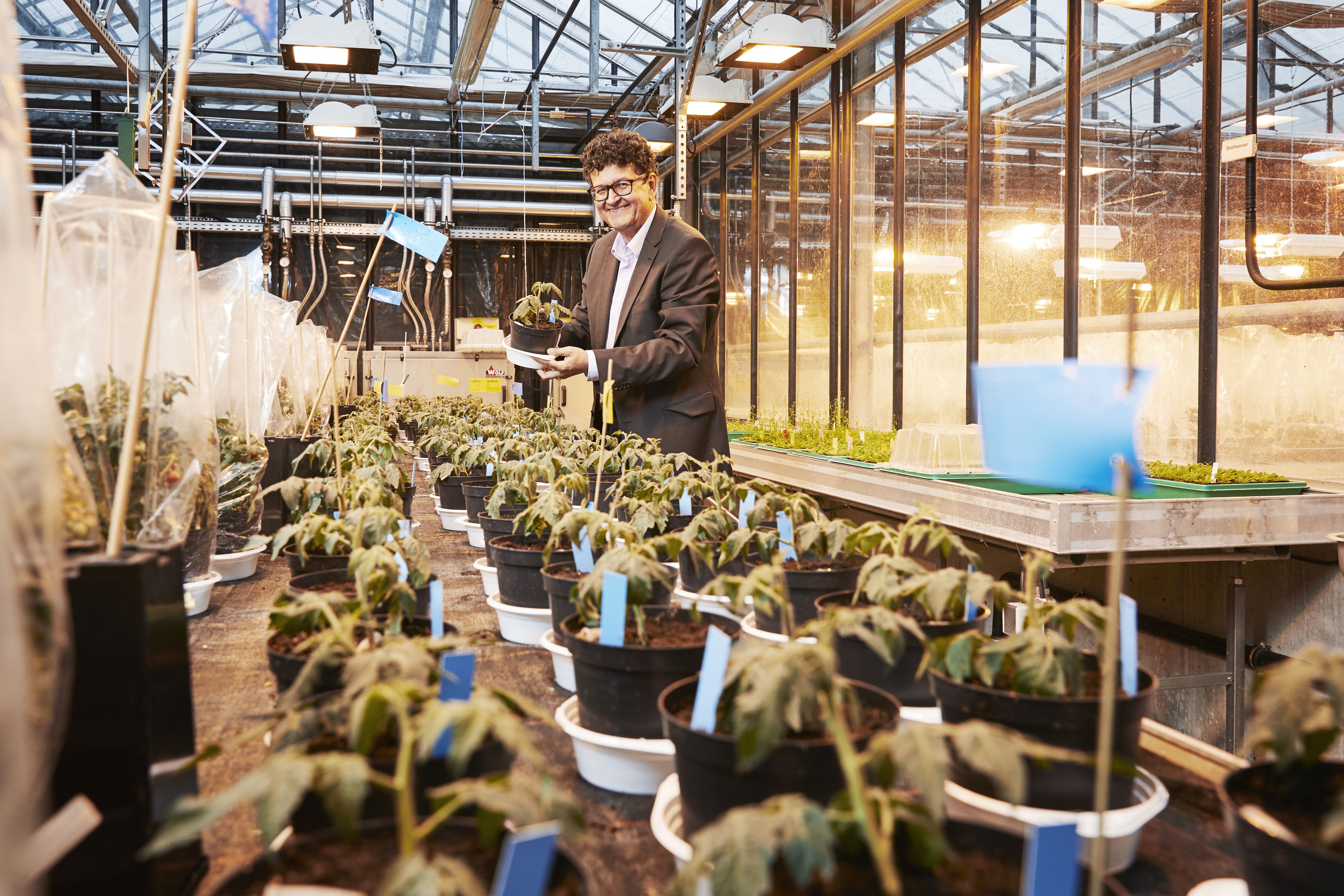
Green Genetic Engineering: Making Mendel’s Dream Come True with Molecular Scissors
Molecular biologist Professor Holger Puchta from Karlsruhe Institute of Technology (KIT) is granted funding within a Reinhart Koselleck Project by the German Research Foundation (DFG) for work on specific restructuring of plant genomes. Puchta, a pioneer of green genetic engineering,…
Researchers discover a way to improve nonviral gene editing as well as a new type of DNA repair
Gene editing is a powerful method for both research and therapy. Since the advent of the Nobel Prize-winning CRISPR/Cas9 technology, a quick and accurate tool for genome editing discovered in 2012, scientists have been working to explore its capabilities and boost its performance.
Designing More Useful Bacteria
In a step forward for genetic engineering and synthetic biology, researchers have modified a strain of Escherichia coli bacteria to be immune to natural viral infections while also minimizing the potential for the bacteria or their modified genes to escape into the wild.
New technique makes gene editing at scale possible in animals, turning years of work into days and making new kinds of genetic experiments possible
A new gene editing technique developed by University of Oregon researchers compresses what previously would have been years of work into just a few days, making new kinds of research possible in animal models.
Proof-of-Concept Study Advances Potential New Way to Deliver Gene Therapy
Johns Hopkins Medicine researchers say they have successfully used a cell’s natural process for making proteins to “slide” genetic instructions into a cell and produce critical proteins missing from those cells.

National Researcher of the Year 2022 Decodes Drug Resistance in Animals – A Step towards Sustainable Solutions
Chula Veterinary Lecturer and “National Outstanding Researcher 2022” has revealed the genetic code that causes drug resistance in animals that affects human health, animals, and the environment, and suggests comprehensive solutions under the concept “One Health”.
GW Wins Contract to Develop Antidote-Bearing Organisms to Protect Against Biological, Chemical Threats
The George Washington University has been awarded a $3.6 million contract to genetically modify commensal organisms to produce antidotes for harmful biological and chemical agents, such as anthrax, Ebola, and even COVID-19.
New Technology Designed to Genetically Control Disease-spreading Mosquitoes
Scientists have created the precision-guided sterile insect technique, a new CRISPR-based technology to control Aedes aegypti, the mosquito species responsible for spreading wide-ranging diseases including dengue fever, chikungunya and Zika.
Researchers invent world’s smallest biomechanical linkage
Researchers at Princeton University have built the world’s smallest mechanically interlocked biological structure, a deceptively simple two-ring chain made from tiny strands of amino acids called peptides.
Research to Prevent Blindness and Association of University Professors of Ophthalmology Announce 2022 Recipient of RPB David F. Weeks Award for Outstanding Vision Research
Donald Zack, MD, PhD, is recognized for ground-breaking contributions to the field of vision research, funded by Research to Prevent Blindness, an anonymous donor, and the Association of University Professors of Ophthalmology.
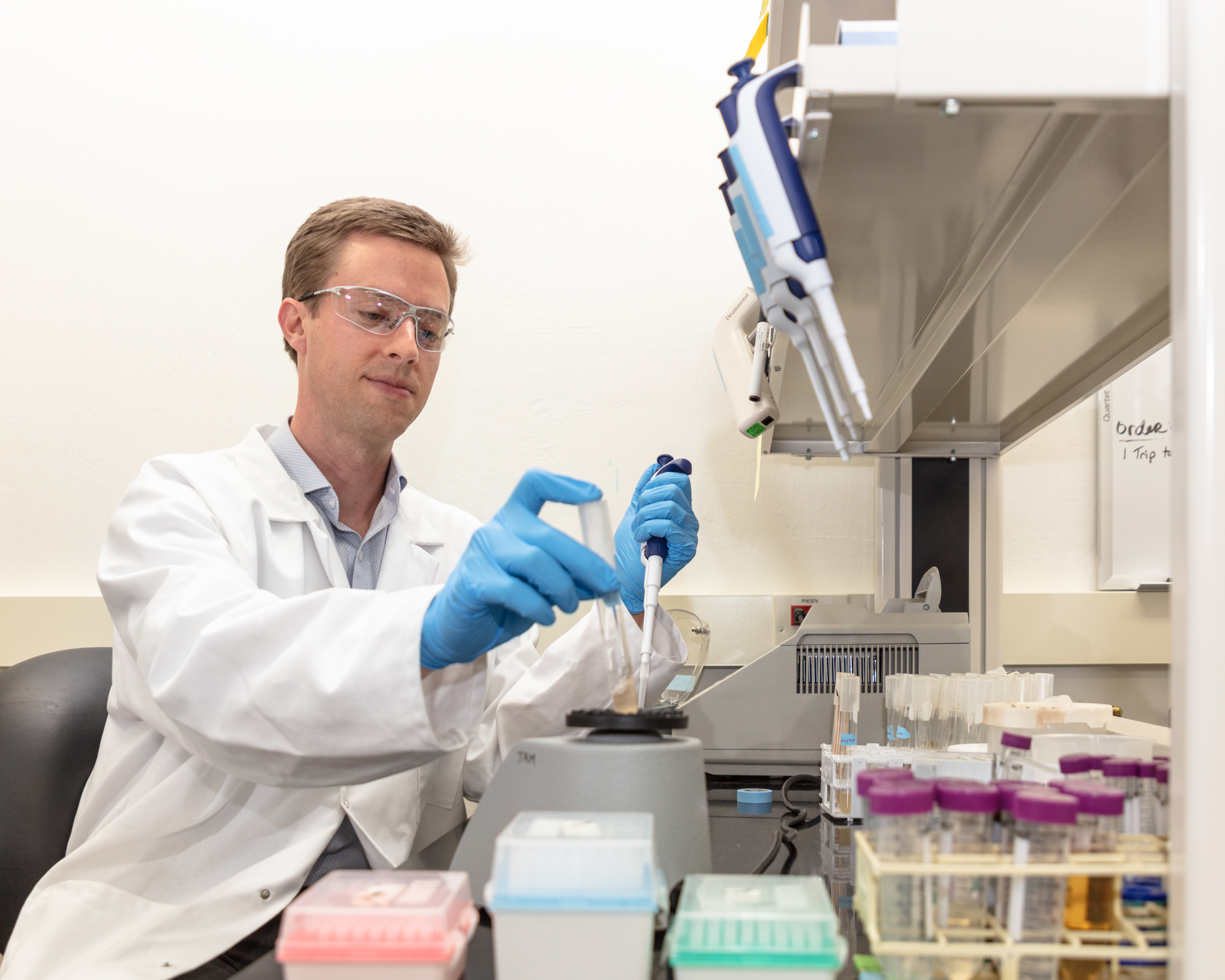
New enzyme breaks down waste for less expensive biofuels, bioproducts
In a step toward increasing the cost-effectiveness of renewable biofuels and bioproducts, scientists at Oak Ridge National Laboratory discovered a microbial enzyme that degrades tough-to-break bonds in lignin, a waste product of biorefineries.
UC San Diego Scientists Develop the First CRISPR/Cas9-based Gene Drive in Plants
Researchers have created the first CRISPR-Cas9-based gene drive designed for plants. The new technology, which allows scientists to cut and copy key genetic elements, helps scientists breed plants that defend against crop diseases and withstand the impacts of climate change.
Computers design precise genetic programs
A change of instructions in a computer program directs the computer to execute a different command. Similarly, synthetic biologists are learning the rules for how to direct the activities of human cells.
Genetically Engineered Nanoparticle Delivers Dexamethasone Directly to Inflamed Lungs
Nanoengineers at the University of California San Diego have developed immune cell-mimicking nanoparticles that target inflammation in the lungs and deliver drugs directly where they’re needed. As a proof of concept, the researchers filled the nanoparticles with the drug dexamethasone and administered them to mice with inflamed lung tissue. Inflammation was completely treated in mice given the nanoparticles, at a drug concentration where standard delivery methods did not have any efficacy.
Synthetic SPECIES Developed for Use as a Confinable Gene Drive
Scientists have developed a gene drive with a built-in genetic barrier that is designed to keep the drive under control. The researchers engineered synthetic fly species that, upon release in sufficient numbers, act as gene drives that can spread locally and be reversed if desired.
Researchers Create New CRISPR Tools to Help Contain Mosquito Disease Transmission
Scientists have developed a toolkit that helps pave the way to a gene drive designed to stop Culex mosquitoes from spreading disease. Culex mosquitoes spread devastating afflictions stemming from West Nile virus, Japanese encephalitis virus and the pathogen causing avian malaria.
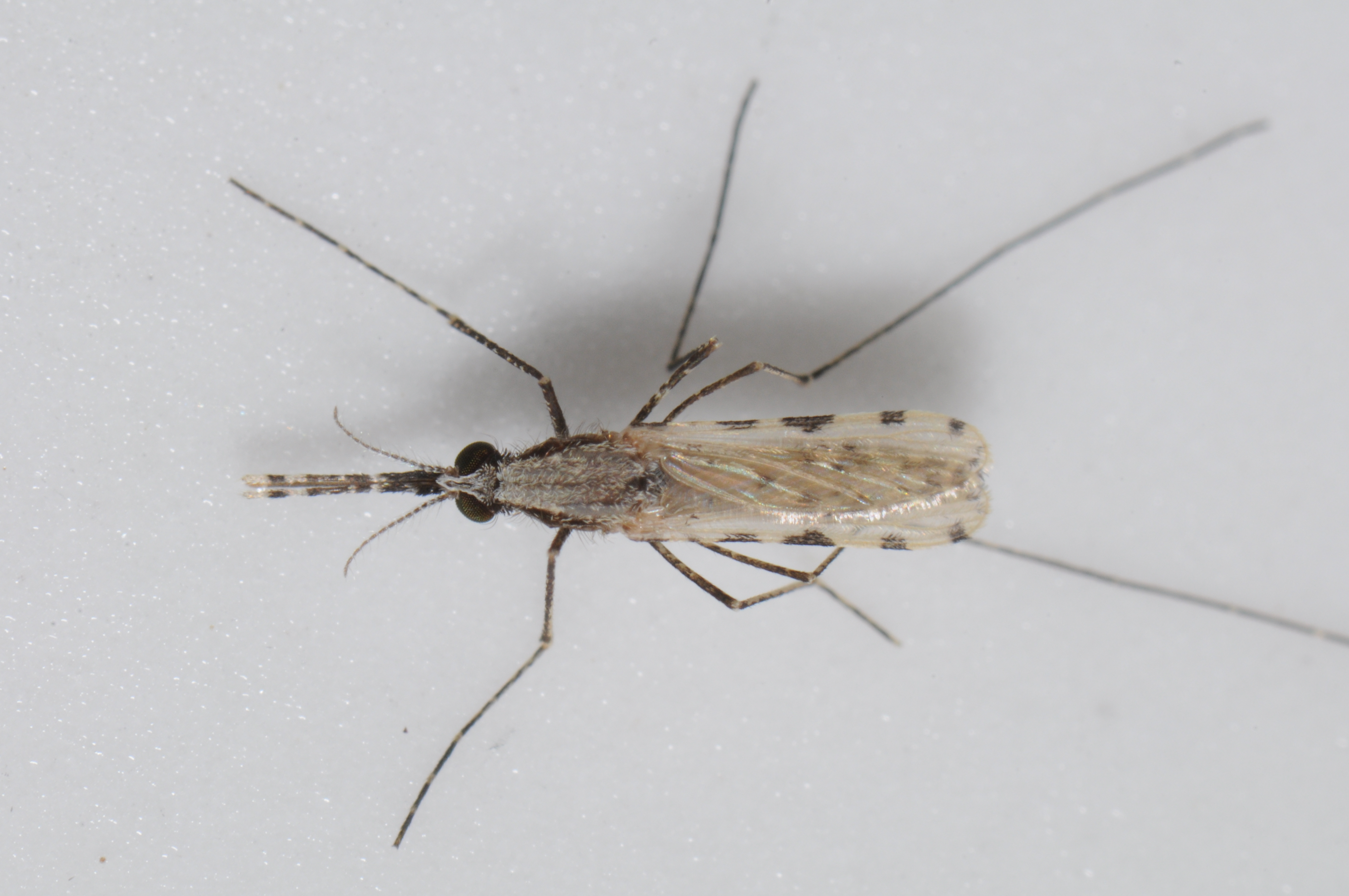
Researchers Unveil Detailed Genome of Invasive Malaria Mosquito
Researchers have produced a groundbreaking new reference genome for the Asian malaria vector mosquito Anopheles stephensi. The achievement will help scientists engineer advanced forms of defense against malaria transmission, including targeted CRISPR and gene drive-based strategies.
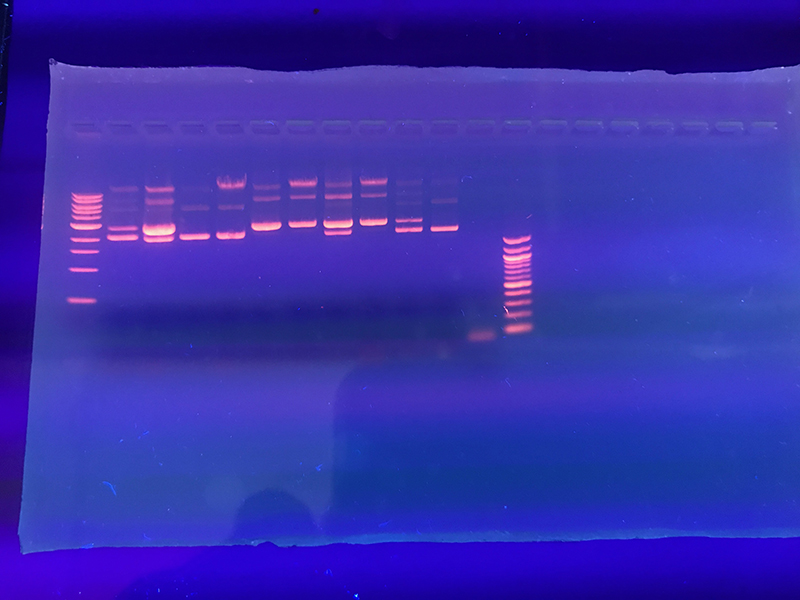
Making wheat and peanuts less allergenic
Research uses plant breeding and biotechnology to remove proteins associated with food allergies.
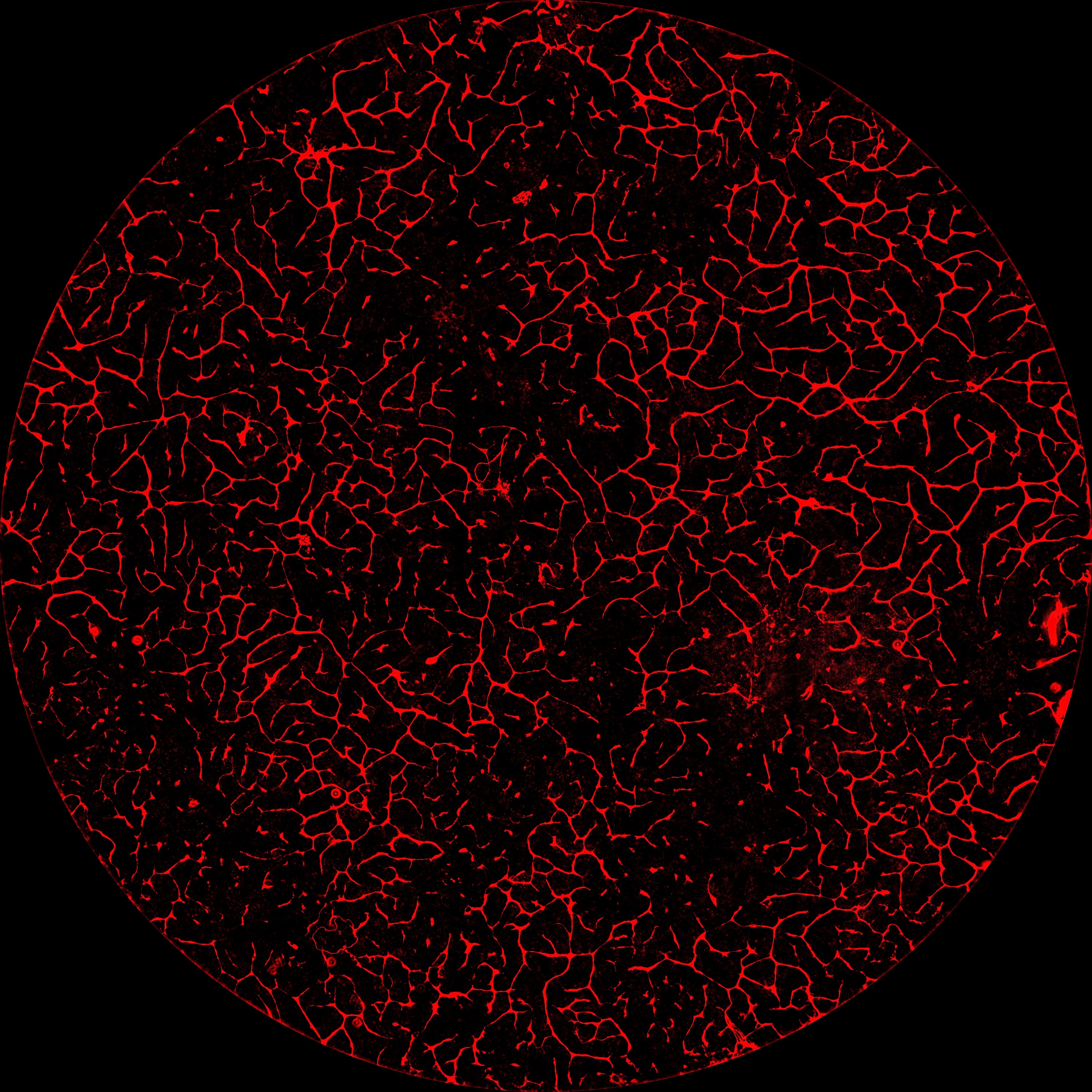
Synthetic Biology and Machine Learning Speed the Creation of Lab-Grown Livers
Researchers at the University of Pittsburgh School of Medicine have combined synthetic biology with a machine learning algorithm to create human liver organoids with blood and bile handling systems. When implanted into mice with failing livers, the lab-grown replacement livers extended life.
International Group of Scientists Explain the Advantages of Using Metabolic Engineering to Address Hidden Hunger
In a perspective paper, “Multiplying the efficiency and impact of biofortification through metabolic engineering,” published in Nature Communications, an international team of scientists, led by Ghent University, explain how plant genetic engineering can help to sustainably address micronutrient malnutrition.
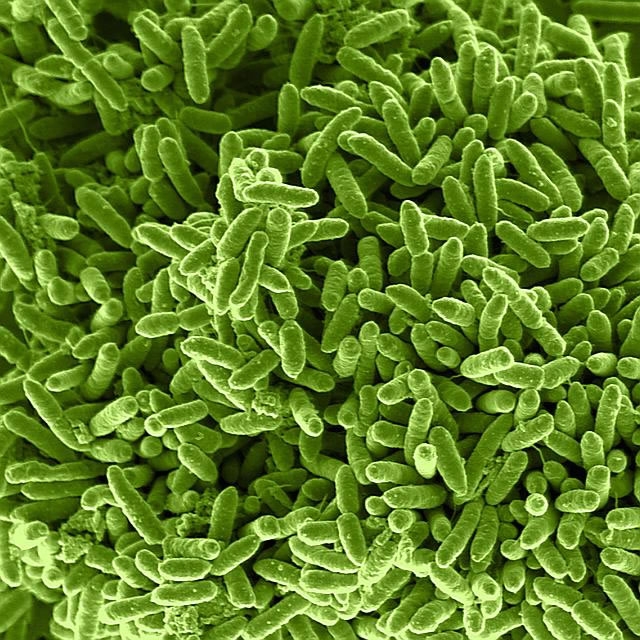
New Technique Helps Solve a Long-Standing Obstacle for Microbial Genetic Engineering
Scientists can alter genes and transfer them from one organism to another using genetic engineering. To do this, genetic engineers use DNA recombination techniques to move fragments of DNA between organisms. Scientists can then modify the gene however they want. This process is called. Now scientists have developed a fast method to find new proteins involved in DNA recombination that can improve the efficiency of genetic engineering.
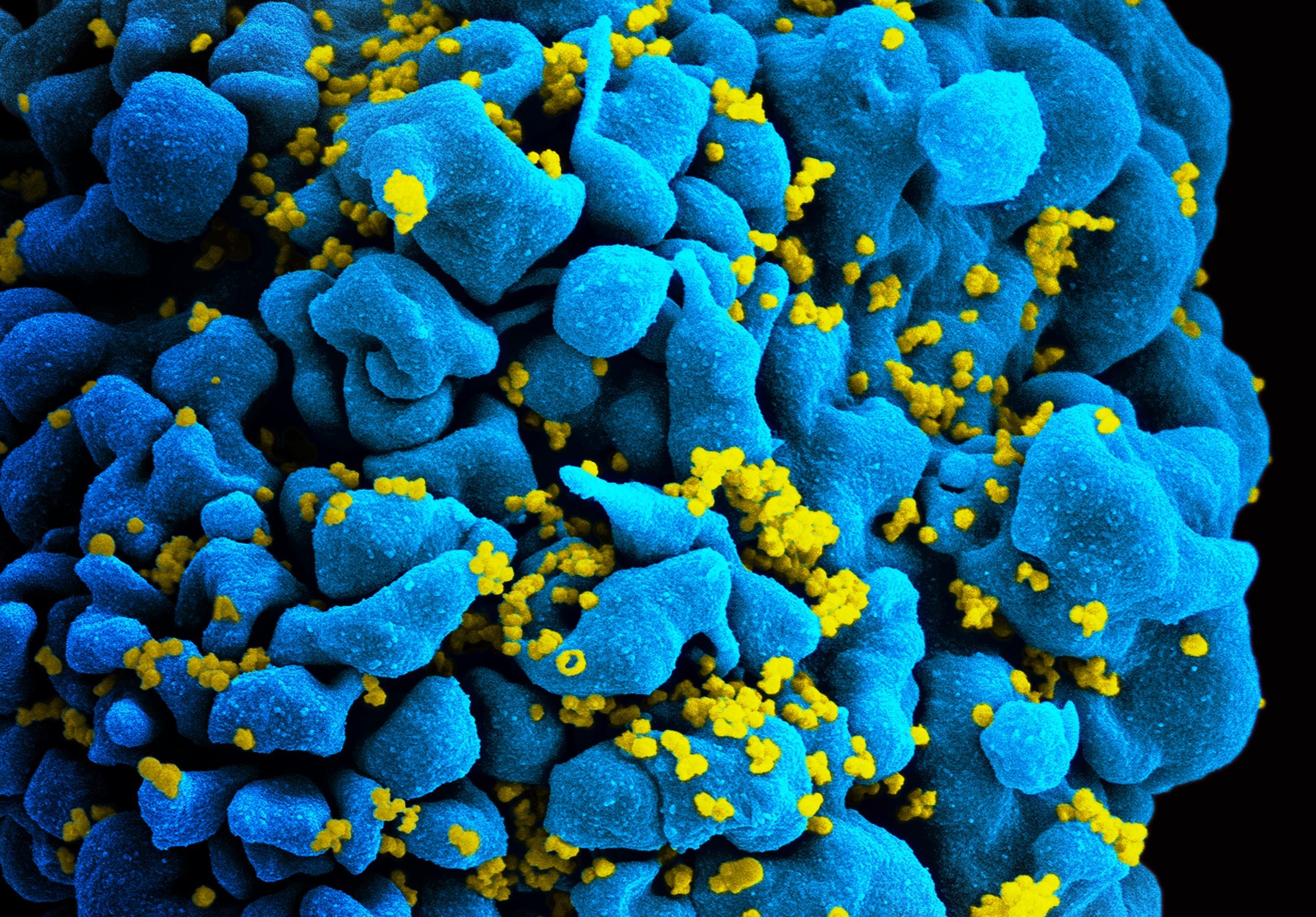
UCLA receives nearly $14 million from NIH to investigate gene therapy to combat HIV
UCLA researchers and colleagues have received a $13.65 million grant from the National Institutes of Health to investigate and further develop an immunotherapy known as CAR T, which uses genetically modified stem cells to target and destroy HIV.
Researchers track how bacteria purge toxic metals
Cornell researchers combined genetic engineering, single-molecule tracking and protein quantitation to get a closer look at this mechanism and understand how it functions. The knowledge could lead to the development of more effective antibacterial treatments.
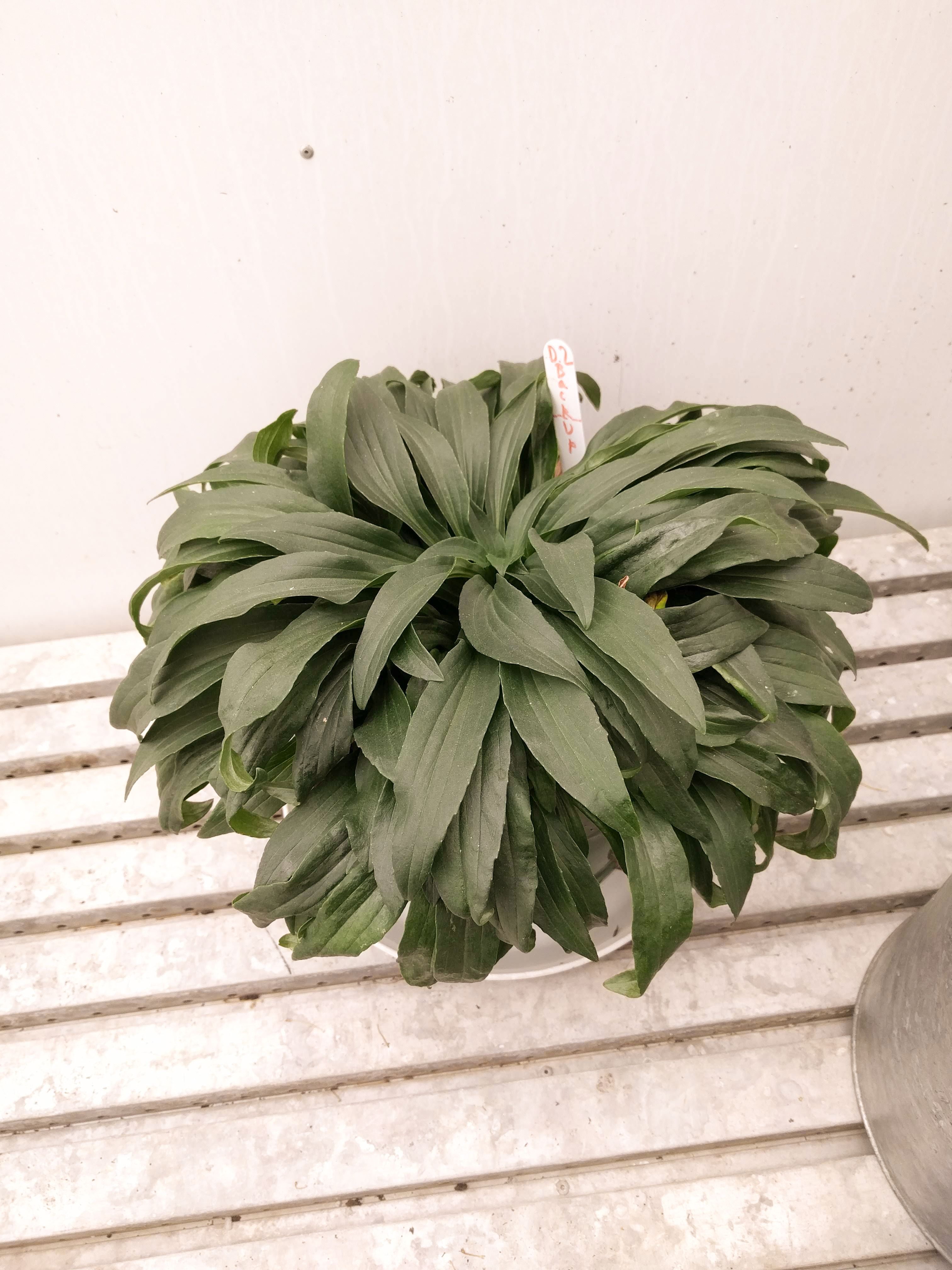
Foxglove plants produce heart medicine. Can science do it better?
Biologist Zhen Wang’s team recently published a pair of papers detailing characteristics of cardiac glycosides in two foxglove species. “This kind of study is important because we first have to know the accurate structure of natural compounds before we can explore their medicinal effects,” she says.
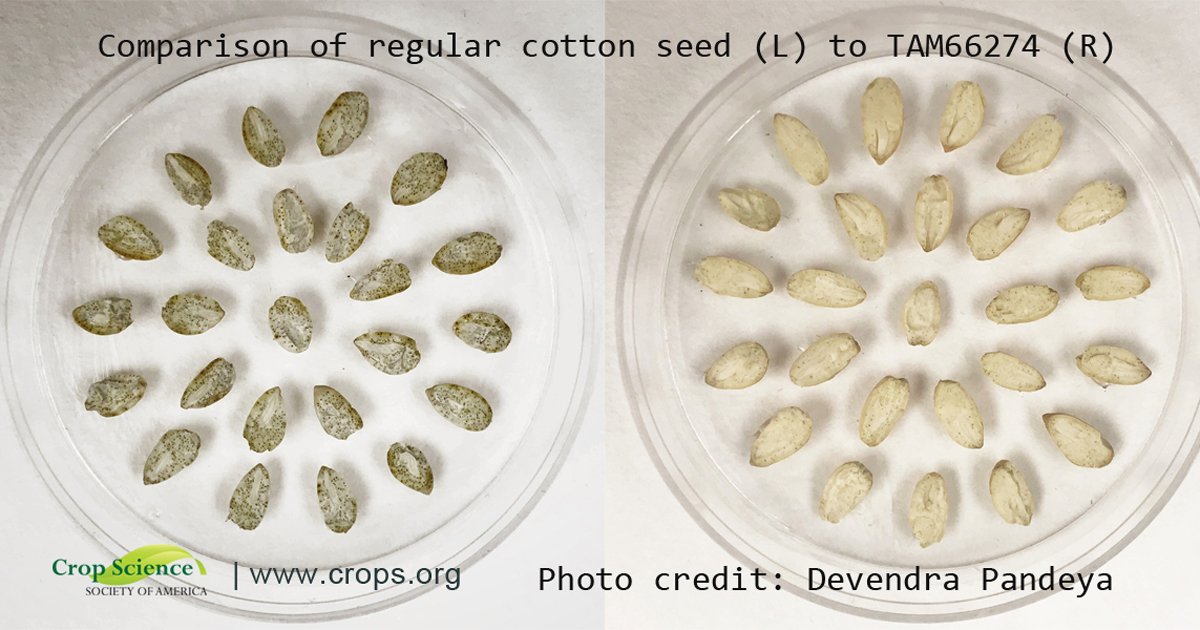
Are there edible cotton seeds?
Genetic engineering makes cotton seeds safe for human consumption
Russian expert is ready to comment on the coronavirus
Pavel Volchkov heads the Genome Engineering Lab at the Moscow Institute of Physics and Technology (MIPT), that has several key projects, all of them involving genome editing mediated by the CRISPR/Cas technology. Discovered just a few years ago, CRISPR/Cas has…